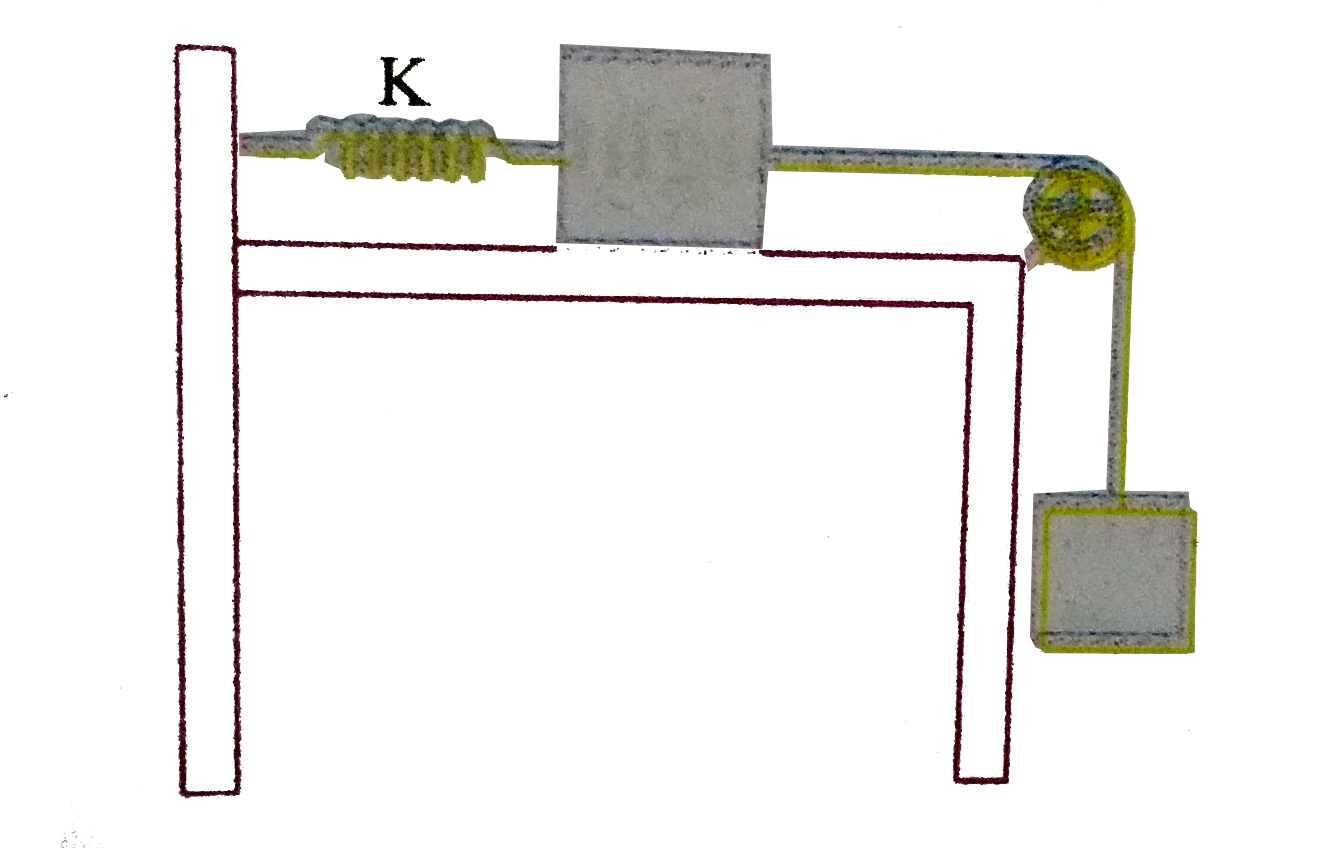A
B
C
D
Text Solution
Verified by Experts
The correct Answer is:
|
Topper's Solved these Questions
WORK POWER AND ENERGY
NARAYNA|Exercise Level-V (Comprehension)|22 VideosView PlaylistWORK POWER AND ENERGY
NARAYNA|Exercise Level-V (Integer)|5 VideosView PlaylistWORK POWER AND ENERGY
NARAYNA|Exercise Level-V (Single Answer)|24 VideosView PlaylistWORK , ENERGY & POWER
NARAYNA|Exercise EXERCISE IV|43 VideosView Playlist
Similar Questions
Explore conceptually related problems
Knowledge Check
A
B
C
D
Submit
A
B
C
D
Submit
A
B
C
D
Submit
Similar Questions
Explore conceptually related problems
NARAYNA-WORK POWER AND ENERGY-Level-V (Multiple Answer)
- Two blocks, of masses M and 2 M, are connected to a light spring of sp...
04:37
|
Playing Now - Select the correct alternatives :
06:23
|
Play - Displacement time graph of a particle moving in a straight line is as ...
04:07
|
Play - Which of the following is//are conservative force (s) ?
03:15
|
Play - A block of mass 2 kg is hanging over a smooth and light pulley through...
03:52
|
Play - In the system shown in the figure the mass m moves in a circular arc o...
03:34
|
Play - A strip of wood mass M and length l is placed on a smooth horizontal s...
04:26
|
Play - In the figure shown upper block is given a velocity of 6 m//s and lowe...
04:58
|
Play - The potential energy U in joule of a particle of mass 1 kg moving in x...
03:18
|
Play - Displacement time graph of a particle moving in a straight line is as ...
02:38
|
Play - A smooth track in the form of a quarter circle of radius 6 m lies in t...
10:46
|
Play - A block of mass M(1) is attached with a spring constant k. The whole a...
04:30
|
Play - A small ball of mass m is released from rest at a height h(1) above gr...
04:02
|
Play
 .
.